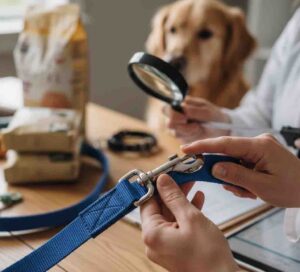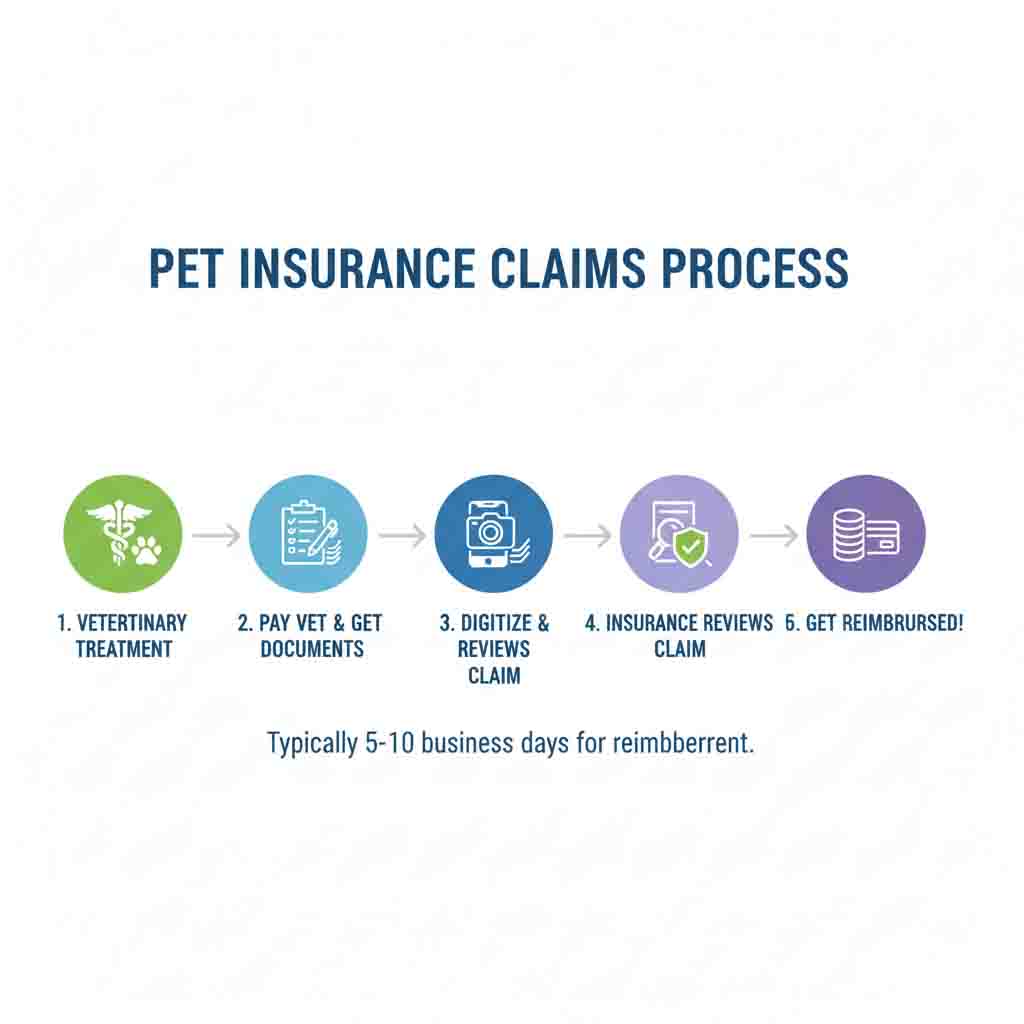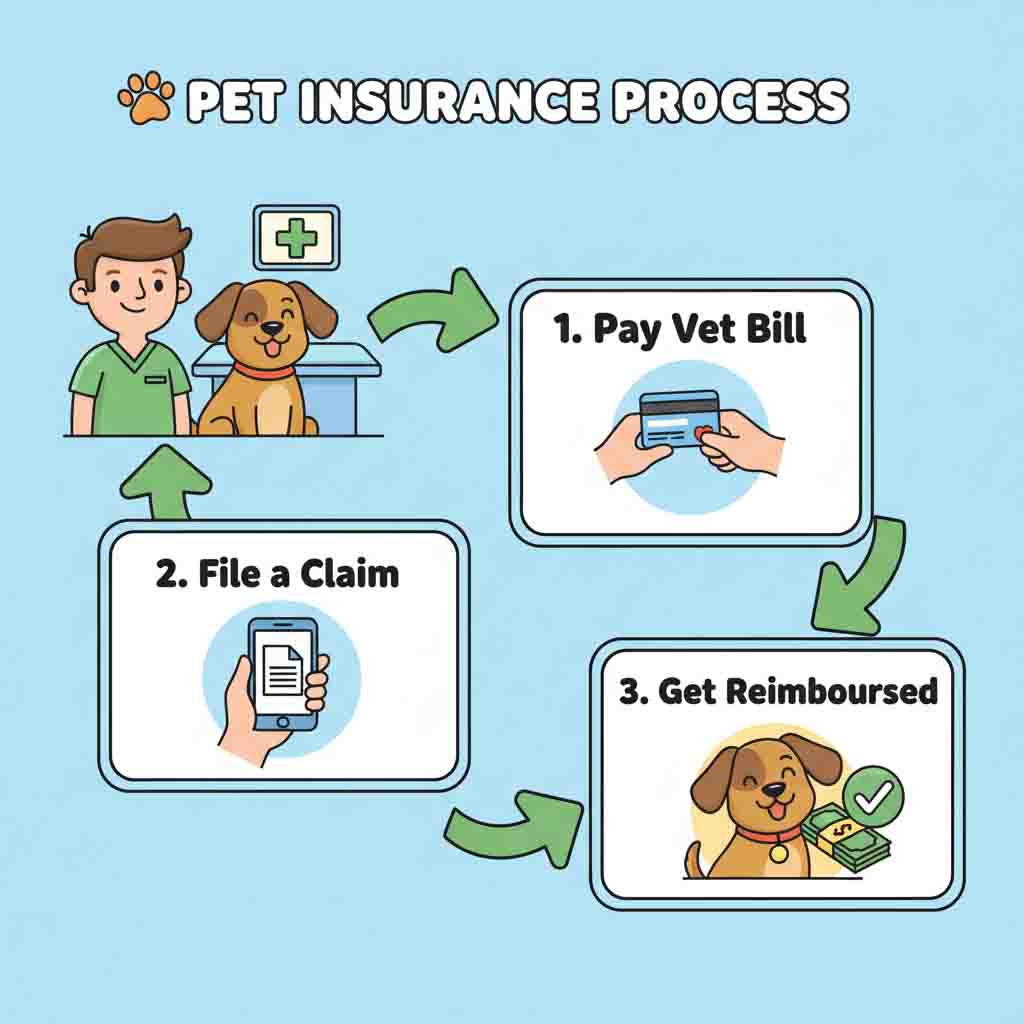Table of Contents
-
Defining Product Evaluation Criteria
1. Defining Product Evaluation Criteria
What Constitutes an Optimal Pet Product?
An optimal pet product seamlessly integrates three core elements: biological appropriateness for the animal’s physiological needs, practical functionality for human use, and demonstrated safety through rigorous testing. This triad forms the foundation of intelligent product selection.
The Hierarchy of Needs Framework
Drawing from veterinary behavioral science, we prioritize: survival needs (safety, containment), health needs (hygiene, comfort), and enrichment needs (mental stimulation, bonding). Products addressing lower-level needs warrant greater scrutiny and investment.
Q: How quickly should I address different need levels?
A: Survival-level products require immediate, thorough vetting. Enrichment products allow more gradual evaluation, though all purchases deserve due diligence.
2. The Science of Pet Product Safety
Material Safety Principles
The chemical composition and physical properties of materials directly impact pet health. We assess toxicity risk (especially important for chewable items), structural integrity under stress, and microbial resistance for maintenance.
Physiological Compatibility
Products must accommodate species-specific characteristics. For felines, this means considering their arboreal nature and sensitivity to synthetic scents. For canines, we prioritize dental compatibility and paw pad protection.
Behavioral Safety Standards
Products should neither trigger nor reinforce problematic behaviors. This requires understanding typical behavior patterns and avoiding designs that might encourage obsessive chewing, resource guarding, or frustration-based reactions.
Q: Are natural materials always safer than synthetic?
A: Not necessarily. Some natural fibers harbor allergens while many medical-grade synthetics offer superior safety profiles. Base decisions on specific material properties rather than broad categories.
3. Systematic Selection Methodology
The Four-Phase Assessment Protocol
Phase 1: Pre-Purchase Research
-
Verify manufacturer claims through independent sources
-
Review material safety data sheets when available
-
Consult veterinary position statements on product categories
Phase 2: Physical Inspection
-
Examine stitching, seams, and connection points
-
Test moving parts for smooth operation
-
Verify absence of sharp edges or small, detachable components
Phase 3: Initial Introduction
-
Introduce products in controlled, brief sessions
-
Monitor for signs of stress or confusion
-
Document initial reactions and interactions
Phase 4: Long-Term Evaluation
-
Assess durability through regular use cycles
-
Monitor for changes in pet’s engagement
-
Document cleaning and maintenance requirements

Evidence-Based Decision Matrix
Create a weighted scoring system evaluating safety (40%), functionality (30%), durability (20%), and value (10%). Products scoring below 70% should be reconsidered regardless of other appealing features.
Q: How long should a proper evaluation take?
A: Minimum 2-4 weeks for most products, allowing observation across various contexts and mood states. Complex items may require 2-3 months for comprehensive assessment.
4. Implementation Framework
Staged Integration Approach
Introduce one new product category at a time, allowing adequate adjustment periods. Begin with essential items addressing survival needs before progressing to enrichment products.
Environmental Context Considerations
Evaluate how products function within your specific living space. Account for flooring types, storage limitations, climate conditions, and multi-pet households when making selections.
Maintenance Protocol Development
Establish clear cleaning schedules and inspection routines. Document replacement timelines based on observable wear patterns rather than arbitrary timeframes.
Q: What’s the biggest mistake in product implementation?
A: Rapid multiple introductions, which prevents accurate assessment of individual items and overwhelms the animal’s capacity to adapt.
5. Common Selection Pitfalls
The Aesthetics-Over-Function Trap
Visually appealing designs often compromise practical considerations. Prioritize ergonomic features that benefit the animal rather than human decorative preferences.
The “One-Size-Fits-All” Fallacy
Individual animals require customized solutions based on breed characteristics, age, health status, and temperament. Avoid generalized recommendations without personal applicability assessment.
The Novelty Bias
Newest doesn’t equal best. Established products with proven track records often outperform untested innovations. Balance curiosity with prudent conservatism regarding pet safety.
The Price-Quality Miscalibration
Both budget and premium segments contain excellent and problematic options. Price correlates weakly with quality in the pet product market, making specific feature analysis essential.
Q: How do I avoid being swayed by marketing claims?
A: Focus on measurable specifications and verified testing results rather than emotional appeals or celebrity endorsements. Request concrete data to support advertised benefits.



